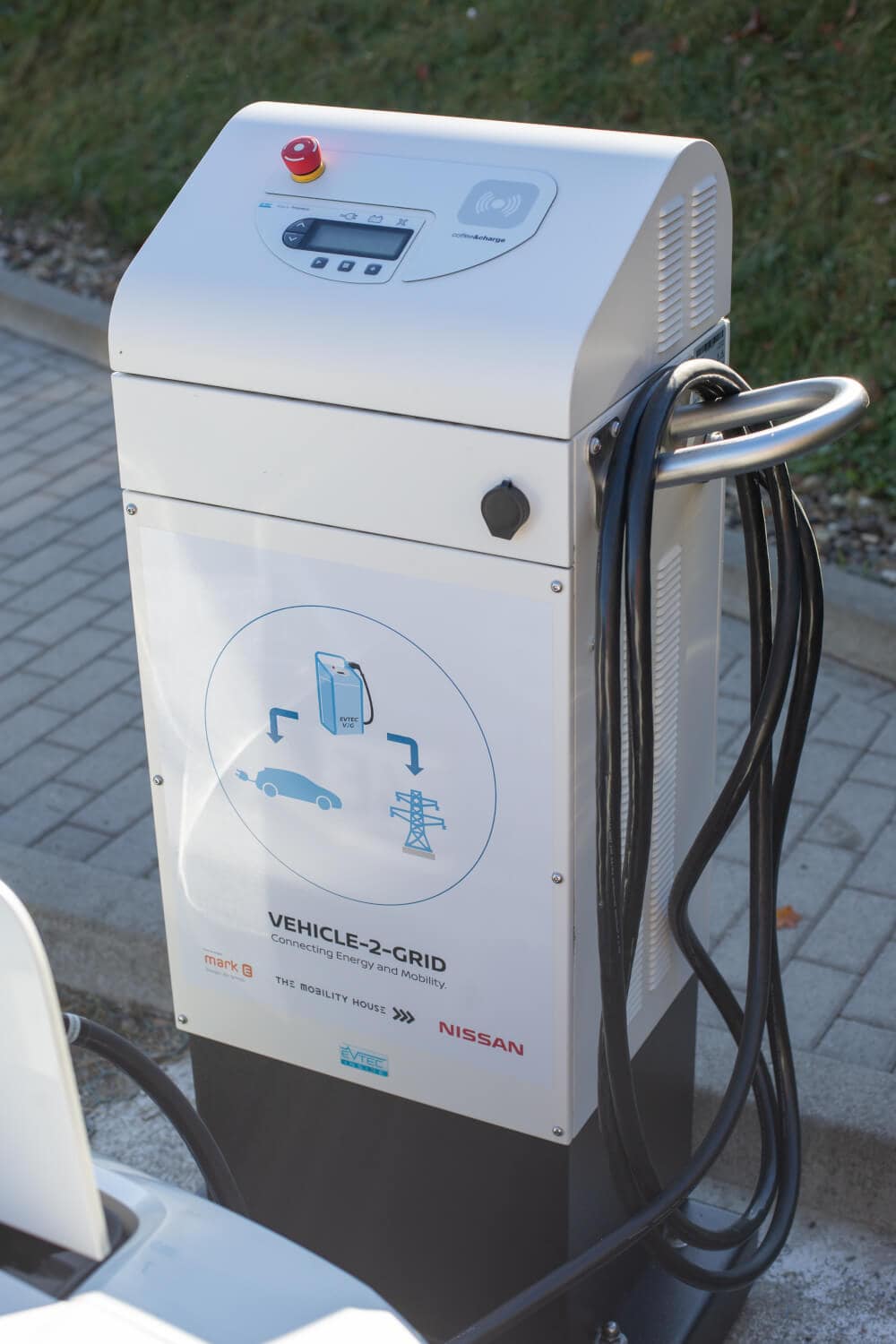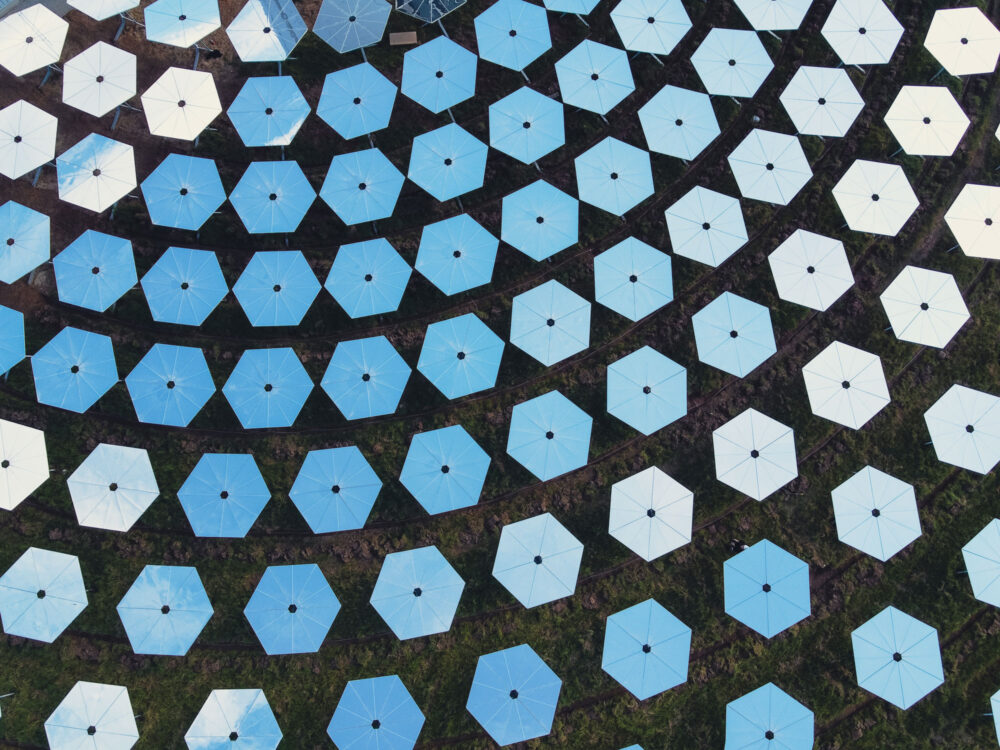Nissan: Leaf as a rolling power plant
THAT IS THE FUTURE The Mobility House, the energy supplier Enervie and Nissan have now reached an important milestone on the way to an emission-free energy and mobility world. With the Nissan Leaf and an innovative charging and energy management technology, the project partners in Hagen, western Germany, have succeeded for the first time in making an electric car compliant with the regulatory requirements of a transmission system operator for [...]

With the Nissan Leaf and an innovative charging and energy management technology, the project partners in Hagen in western Germany have succeeded for the first time in qualifying an electric car for primary control power in accordance with the regulatory requirements of a transmission system operator. This means that it will be integrated into the German power grid as a control power plant.
Innovative solutions for stabilization
New, innovative solutions for stabilizing the power grid are needed to ensure that the globally acclaimed shift toward decentralized power generation from renewable resources succeeds. This is because the increasing use of renewable energies leads to fluctuations in the grid. The first step is to compensate for these fluctuations by providing primary control power in order to prevent the threat of power outages within seconds.
Electric cars play an important role
Electric cars like the Nissan Leaf with integrated, bidirectional charging technology can play an important role in this. Thanks to its CHAdeMO charging connection, it can not only draw power from the grid and store it in the traction battery, but also feed it back when needed. The car becomes a rolling power plant. This combination is known as the vehicle-to-grid (V2G) concept.
Nissan Leaf stabilizes the grid frequency
Guillaume Pelletreau, Vice President and Managing Director of Nissan Center Europe: "We firmly believe in an emission-free future. That is why we are very proud that the Nissan Leaf is the first electric vehicle ever to be certified as suitable for grid frequency stabilization. Batteries from the Leaf can thus make an important contribution to the energy transition and a sustainable future."











